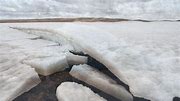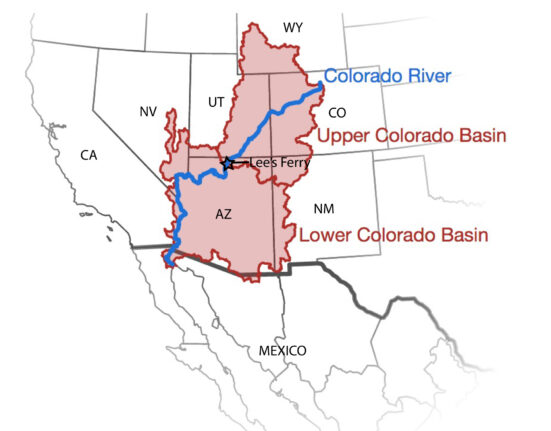Who knew that melting glaciers could hold such promise and peril for different stakeholders? Imagine a landscape where shimmering lakes emerge from receding ice while mining companies eagerly eye the uncovered mineral riches. This is the complex reality unfolding in northwest British Columbia and Alaska as climate change transforms the region.
In the shadow of the Tulsequah Glacier lies a newly formed lake without an official name, a body of water born from the glacier’s retreat. As this lake warms and clears up, it is poised to become a thriving habitat for migrating fish like salmon. Aquatic ecologist Jon Moore envisions a future where these new salmon grounds could help mitigate other climate change threats facing fish populations.
The vanishing glaciers are not just creating opportunities for fish but also attracting the attention of mineral exploration companies seeking gold and copper deposits. With global demand soaring for copper essential in renewable energy technologies, mining corporations are swiftly moving into areas once buried under ice. The rush for minerals promises economic growth but raises concerns among environmental groups and Indigenous communities downstream about potential impacts on water quality and fish habitats.
Amidst this dynamic landscape, rivers like Taku River face dual challenges: acid runoff from abandoned mines polluting waters already rich with iconic salmon runs. Researchers warn that proposed mines near these vital watersheds could further endanger future salmon habitats if key policy reforms aren’t implemented promptly.
As scientists witness surprising transformations in streams like Strohn Creek becoming prime salmon territory post-glacial retreats, there’s both hope and caution in their observations. While thousands of miles of new salmon streams could emerge by century-end, experts stress the need to balance resource extraction with ecosystem conservation to safeguard critical habitats.
The unfolding saga isn’t just about fish or minerals; it’s about balancing economic development with environmental preservation. The clash between mining interests seeking valuable resources beneath retreating glaciers and community concerns over potential impacts on fisheries highlights the delicate dance between progress and sustainability.
In this evolving narrative where nature’s resilience meets human ambition, each stakeholder must navigate a complex terrain of trade-offs to ensure a harmonious coexistence between industry growth, ecological health, and cultural heritage — lest we risk losing more than what we stand to gain amidst melting glaciers’ dual-edged legacy.









Leave feedback about this